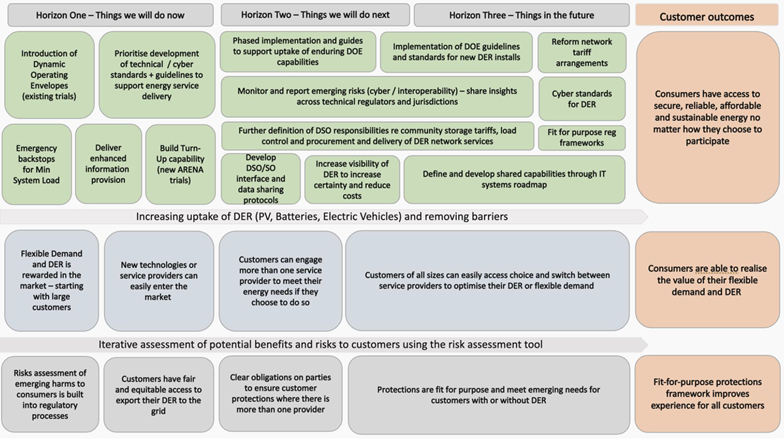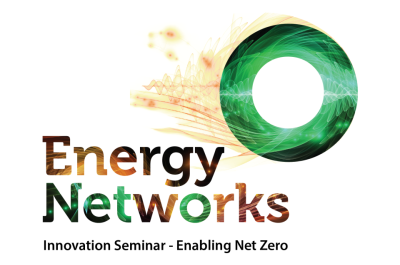To ESB, or not to ESB
It might have felt like there were many tomorrows and a creeping petty pace to the delivery of the Energy Security Board’s (ESB) final papers on the design of the electricity market post-2025, but all is well that ends well!
The ESB work was huge in scope, covering all aspects of system and market operation, with a focus on generation big and small and securing high and low voltage networks.
One of the key issues has been ensuring that customers can, where desired, secure value for their energy resources, while also valuing those customers who don’t have distributed energy recourses (DER), such as rooftop solar or batteries. This all needs to be done while retaining distribution network security and security of the bulk power system.
The challenge
As the light breaks over yonder rooftops, the challenge is ensuring more customers can install solar PV in a way that shares network capacity equitably and manages the impact of minimum demand.
Minimum demand occurs when distributed generation, typically solar PV, can meet most or all the local demand, meaning a reduced need to import electricity from the main power system and big generators, both high and low carbon.
This local generation is great for all customers as it reduces the carbon intensity of electricity and for those with solar PV, it reduces the costs of electricity since less import is needed. The supply of clean electricity around midday also reduces its wholesale price, providing cost benefits to all customers.
But managing the local solar generation is a technical challenge for the Australian Energy Market Operator (AEMO) and networks. With the arrival of more DER, like electric vehicles, this solar generation in the middle of the day can be used to charge their batteries. The role of network services and network tariffs will be key in shaping how this changing DER behaviour is valued.
Role of DSO
The ESB has recommended that distribution network service providers (DNSPs) take on the role of the Distribution System Operator (DSO). The DSO would facilitate the dynamic management of the distribution network and coordinate the uptake of DER, while maximising customer outcomes. The DSO will also need to cooperate with AEMO to maintain the safe operation of the entire system.
Critical responsibilities for the DSO will include the allocation of network capacity using dynamic operating envelopes (DOE). These will be provided to customers and aggregators to signpost the way to delivering valuable services to AEMO and the DSO.
As well as the DSO purchasing services from customers, either directly or via an aggregator, to support network operation, the DSO will develop new tariffs to also signal where rewards for DER can be found. There is a continuing role for DSOs to directly access some DER, like air conditioners, to manage load through a tariff.
As the Baringa report into the benefits of effective coordinated DER integration indicates[1] DSOs will need to use both network tariffs and flexibility services to facilitate a cost-effective approach to dynamically managing their networks.
Immediate issues
The ESB has split the required work on DER integration into immediate – things that need to be done now; next – things that will follow; and future actions, which will be needed in the medium term.
ESB DER Implementation Roadmap[2]
The immediate needs are to develop standards that will allow all DER to participate in providing services and customers to easily move between programs and aggregators, and to develop DOE. These activities are being pursued via the ARENA Distributed Energy Integration Program (DEIP) and directly by DNSPs.
The ability to shed solar PV is also a key ESB recommendation, but this should be a last resort measure, with AEMO required to develop warnings to signal that security is close to being threatened by minimum demand. The ESB also wants to encourage demand “turn up” services to mop up solar, rather than disconnect it.
DNSPs are already collaborating with AEMO on sharing data and working jointly on practical approaches to share information and ensure that AEMO activities, like the Integrated System Plan and forecasting, factor in the rapid changes in distribution networks.
The ESB has provided a long and extensive to do list and the challenge will be to ensure that the process hasn’t been full of sound and fury, signifying nothing. For the DNSPs these things won are done, joy’s soul lies in the doing. That is, DNSPs are excited to be the DSO and to working to deliver the safe, clean and dynamic electricity system that customers want.
[1] https://www.datocms-assets.com/32572/1629948077-baringaesbpublishable-reportconsolidatedfinal-reportv5-0.pdf
[2] https://esb-post2025-market-design.aemc.gov.au/32572/1629945809-post-2025-market-design-final-advice-to-energy-ministers-part-b.pdf



